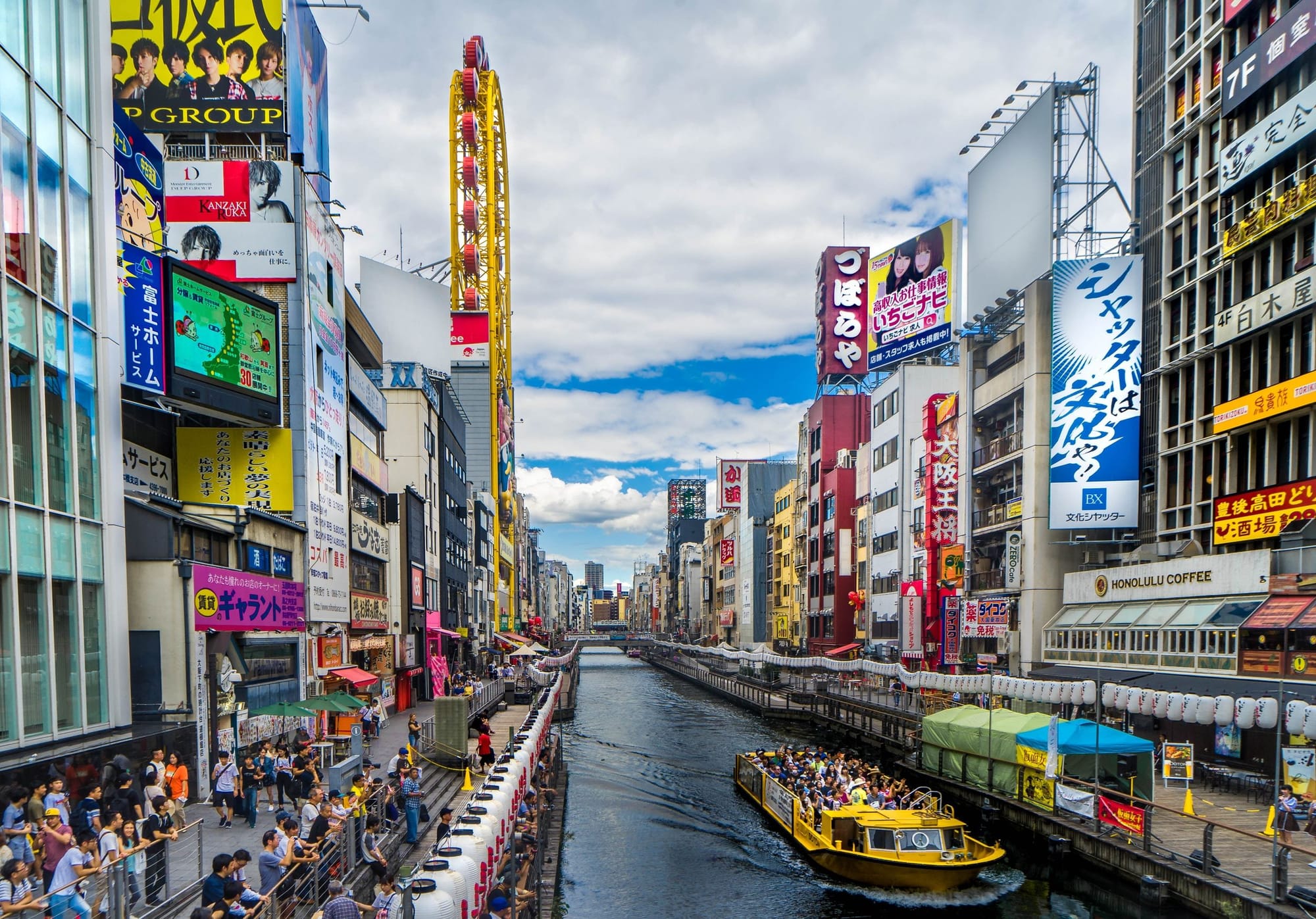Designing Photogenic Cities: Strategies for Urban Planners to Enhance Visual Appeal and Tourism

City urban planners can create photogenic tourism by incorporating design elements and initiatives that enhance the visual appeal of the urban landscape. Here are some examples:
- Public Art Installations: Integrate public art installations such as sculptures, murals, and interactive exhibits throughout the city. These artistic features can serve as focal points for photography enthusiasts and add vibrancy to urban spaces.
- Scenic Viewpoints: Identify and develop scenic viewpoints that offer panoramic views of the city skyline, waterfronts, or natural landscapes. Design these viewpoints with seating areas, landscaping, and lighting to enhance their photogenic qualities.
- Pedestrian-Friendly Streets: Create pedestrian-friendly streetscapes with wide sidewalks, green spaces, and pedestrian plazas. Incorporate aesthetically pleasing elements like street furniture, decorative paving, and urban greenery to create inviting and photogenic environments.
- Historic Preservation: Preserve and showcase historic buildings, landmarks, and districts that have architectural and cultural significance. Restore facades, improve signage, and implement lighting schemes that highlight the heritage and charm of these areas.
- Event Spaces: Design versatile event spaces such as amphitheaters, public squares, and outdoor stages that can host cultural events, performances, and festivals. These spaces can become popular photography spots during events and attract tourists seeking dynamic experiences.
- Urban Gardens and Green Spaces: Develop urban gardens, pocket parks, and green spaces that offer peaceful retreats within the city. Incorporate colorful plantings, art installations, and seating areas to create visually appealing settings for photography and relaxation.
- Lighting Design: Implement innovative lighting design strategies that enhance the nighttime aesthetics of streets, bridges, and public spaces. Use architectural lighting, LED installations, and projections to create dramatic visual effects that are especially captivating for nighttime photography.
By integrating these strategies and collaborating with urban designers, artists, and stakeholders, city urban planners can create photogenic tourism destinations that appeal to both residents and visitors, fostering economic growth and cultural vibrancy.
